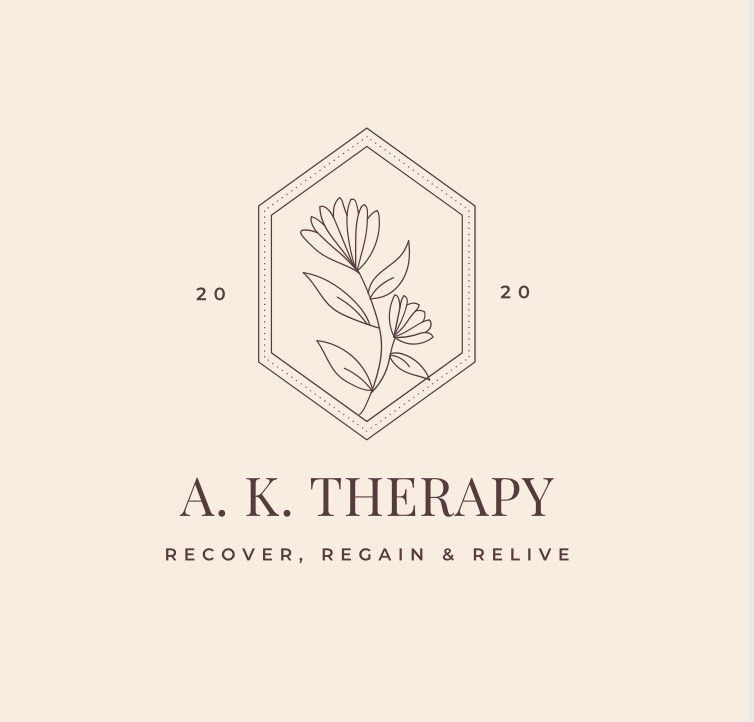Beyond the Scar: A Young Warrior’s Journey Through Cancer, Loss, and Hope
- A. K Therapy

- May 28, 2025
- 3 min read

A Sudden Halt in a Fast-Moving Life
Ravi was a bright student lively, popular, and the pride of his family. He loved cricket and dreamed of becoming an engineer. But that dream paused abruptly when persistent pain in his leg led to a diagnosis: osteosarcoma a rare and aggressive bone cancer.
His right leg had to be amputated to save his life.
Everything that defined his teenage world his school, friends, identity, mobility was gone in weeks.
The Silent Suffering
At first, Ravi said little. He stopped looking in the mirror. He didn’t touch his cricket bat. His friends stopped visiting. Some didn’t know what to say; others were told by their parents not to “get involved.” The silence around him grew loud.
His distress was layered:
He feared he would never return to school.
He felt abandoned by his friends, unsure if they’d ever treat him the same.
He battled shame around his changed body and the way people looked at his stump.
He watched his parents—daily-wage workers—skip meals so he could eat.
He hated the dependency he now had for basic needs.
He mourned the future he’d carefully imagined but was now slipping away.
Behind his eyes was the pain of being left out of the world he once led.
Walking With Him—Not Ahead of Him
When Ravi came for his first therapy session, he sat quietly. There were no dramatic outbursts. Just tired eyes. A sunken posture. The look of someone who wasn’t sure if he had the right to cry anymore.
As a psychologist, the approach wasn’t to “fix” him. It was to walk beside him.
Early sessions were quiet he needed space more than strategies. He needed someone who could hold his silence without filling it. He needed presence, not platitudes.
Over time, little things shifted.
We talked not about cancer at first but about his favourite music, his cricket team, his best friend from school.
And then, slowly, he opened up.
About his body image—“I don’t look like myself anymore.”
About his friends—“I think they’re afraid of me now.”
About his future—“If I can’t go to school, who will I become?”
We named these emotions together: grief, shame, fear, rage, confusion. We gave them a home in our sessions so they wouldn’t haunt him alone at night.
We used:
Narrative therapy, to help Ravi rewrite his story—not as a victim, but a survivor.
Art therapy, where he drew himself with a prosthetic leg that became a wing.
Grounding techniques, for the moments when panic gripped him suddenly.
Family sessions, to help his parents process their helplessness and love out loud.
We reminded him, gently and often: “You’re not your missing leg. You’re not your medical file. You’re still Ravi.”
More Than Survival
Ravi didn’t magically bounce back. But day by day, he began to live again not just survive.
He started attending online classes. He reconnected with an old friend. He shared his story in a support group for young amputees. And one day, he smiled and said, “I may walk slower now, but I see more.”
That’s resilience.
Not denial of pain, but the decision to keep going despite it.
A Lesson for All of Us
Ravi’s story reminds us that healing isn’t just physical—it’s emotional, social, and spiritual.
It tells us:
Adolescents need safe spaces to grieve the life they lost.
Community stigma can be more harmful than illness itself.
Psychological support is not optional; it is life-giving.
Survival must be matched with dignity, education, and identity.
The Final Word
One day, Ravi asked during a quiet session, “Do you think I’ll ever be enough again?”
I told him the truth:“You never stopped being enough. You just stopped hearing it.”
Let this story echo for the Ravis of the world those whose battles aren’t always seen, but whose courage deserves to be heard.
Because every scar, when told with honesty, becomes a story of survival. And every survivor is still whole no matter what's missing.





Comments